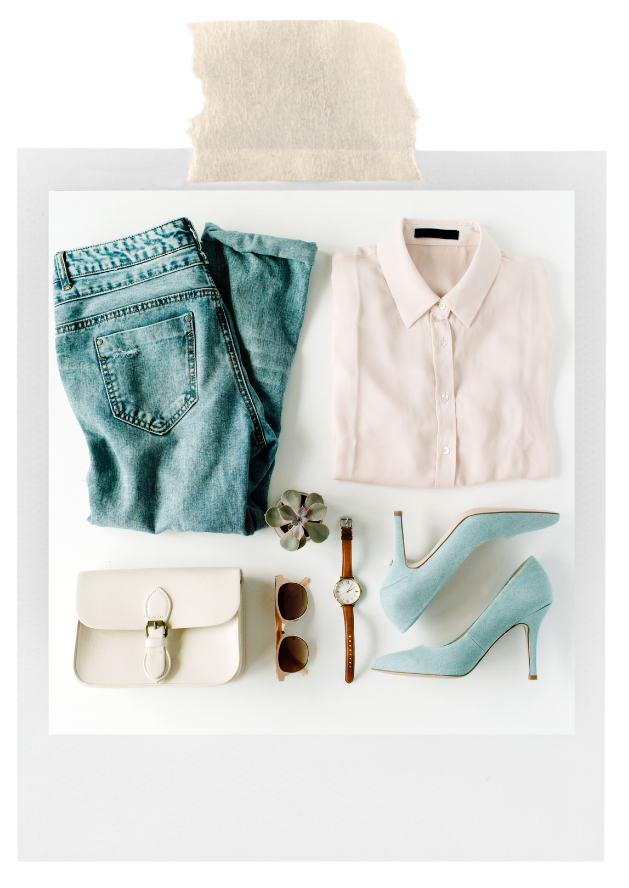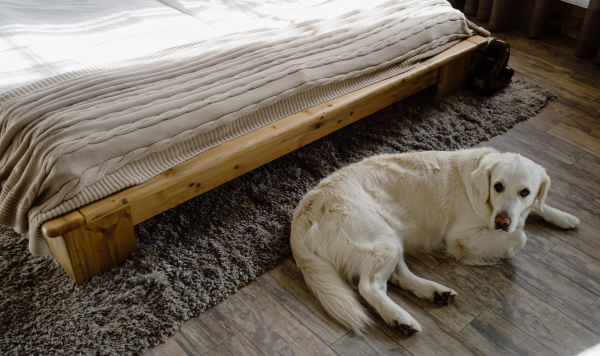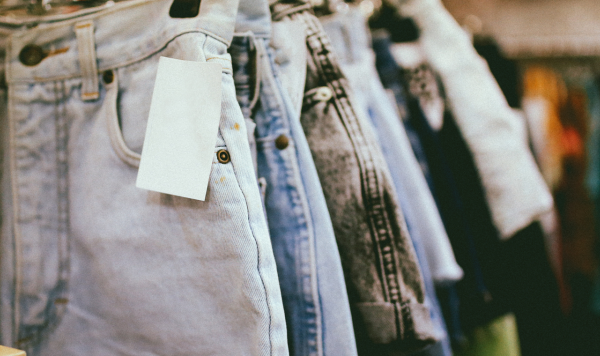We’ve all been guilty of buying something new because it looked great in the shop, only to find that it didn't suit or fit us well, and we only wore it once. Shopping is addictive, and as we’ve mentioned before, retailers know how to make it irresistible to us. However, by following a few simple rules, you can break the habit and start making wiser consumer choices, saving you money and reducing waste.
1. Create your own style
Be free from fashion and trends by creating your own timeless sense of style. When you see something that’s promoted by a celebrity or influencer, remind yourself that it’s their job to sell you that product. In fact, if you think of your own wardrobe, chances are you probably already have something similar that you can adjust to suit this trend if you really need to.

2. Avoid fast fashion
It's good that clothes are far more affordable these days. But very often, the reason clothes are cheap is because they were produced using unsustainable or unethical practices. “Affordability” also makes us feel like we’ve bagged a bargain and encourages us to buy more things that we need; whether that’s clothes or groceries, by piling up cheap items in your basket you inadvertently spend more because your mind says “it’s not going to break the bank” even if you don’t actually need it. This ties in with our next point:
3. Plan ahead and set a budget
Before going shopping, make a list or a plan of what you want. Groceries, in particular, are easy to overbuy. Making a rough meal plan and making a list will help select exactly what you want, and makes shopping easier and quicker. Ordering groceries online is great for this because you can add something to your virtual basket the moment it runs out, and you don’t have to walk around the shop being tempted by things you don’t need. Some stores even offer scan as you shop apps which helps you see what the cost of your basket is and stops you from exceeding your budget.

4. Buy good quality
If you need a new pair or trainers or a new jacket, do some research to find something that will stand the test of time. Cheaper items offer a false sense of saving because a more affordable jacket might only last you for one season, whereas something a bit more expensive can last for several years.
Buying good quality doesn’t even have to mean new. Lots of second hand stores sell high end clothing at a fraction of the cost of buying new. The fact that they’re getting resold is often testament to their longevity and good quality.
Building a capsule wardrobe is a great way of making the best of quality items. Having a small and reliable collection of pieces can keep you outfitted and stylish for a very long time and stop you buying and disposing of items that weren’t built to last. Buying good quality items also means you can sell them once you don’t need them anymore (rather than throwing them away).
5. Create an inventory
Whatever it is you “stock” at home, making a quick list or a pin board of what you have will help remind you of everything in your possession. The same applies for storage and organisation. If your pantry is visibly organised, you’ll know what you need at a glance. The same can apply to shoes, tops and bottoms, accessories etc. For example, if you know for a fact that you already have a silk scarf, then you won’t be tempted to buy another one on a whim.







